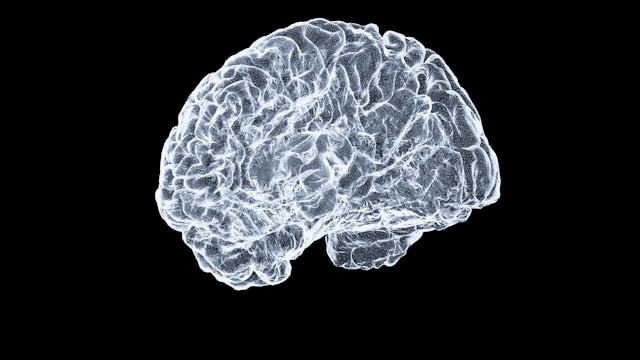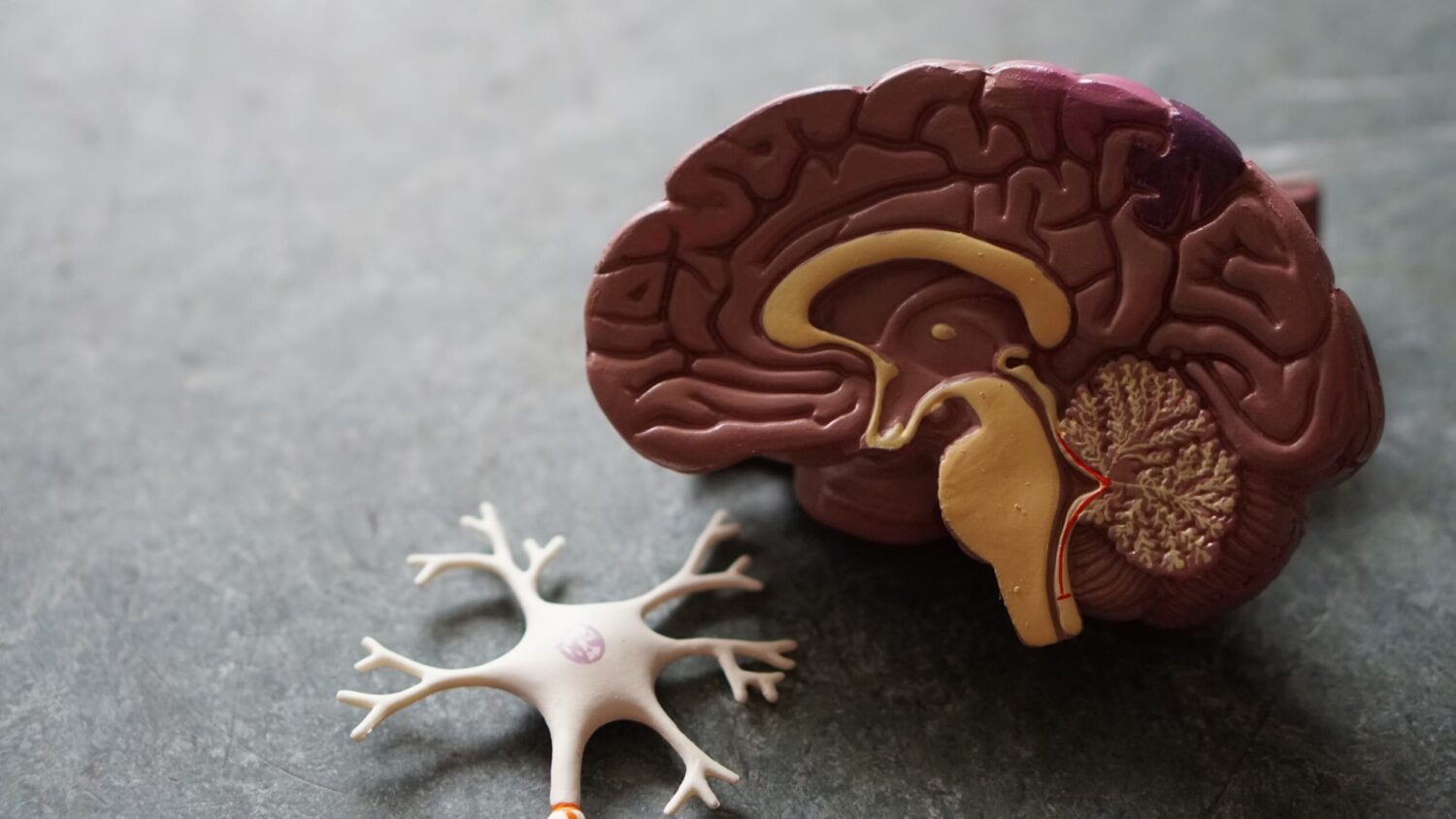Authors:
Yakusheva E.N., Schulkin A.V., Abalenikhina Yu.V.
Assessment of the effectiveness of ethylmethylhydroxypyridine of succinate with alcohol withdrawal
Place of publication: psychopharmacology and biological narcology / t. 15, No. 1, 2024
Ryazan State Medical University named after Acad. I.P. Pavlova, Ryazan, Russia
Annotation
relevance. A disorder caused by the use of alcohol (ethanol) is a destructive state in which there is a violation of energy and metabolic processes, as well as the activation of processes of free radical oxidation. That is why the use of antioxidants, in particular the original domestic drug ethylmethydlhydroxypyridine of succinate, is pathogenetically substantiated in the complex therapy of this pathology.
The goal is to study the effectiveness of ethylmethylhydroxypyridine of succinate in intravenous, intramuscular and intravenous methods of introducing ICR mice in modeling alcohol withdrawal.
Materials and methods. The study was performed on healthy, free from the pathogenic flora of mice, outbuilding ICR runoff at the age of 9-10 weeks. In an average mass of 25.4 ± 0.2 g. Alcoholic dependence in animals was modeled with a gradual increase in ethanol in a drinker from 1 to 3, 6, 10 % every 2 days. Upon reaching
a concentration of 10 %, animals were given 1 bottle of alcohol with 1 bottle of water every other day and 2 bottles of alcohol on intermediate days. The position of the bottles (left / right) changed between each access session to alcohol. After 6 weeks of animals, a solution of 10 % alcohol was removed. The introduction of ethylmethylhydroxypyridine of succinate and saline
(control group) 2 times a day for 7 days began. The drug was administered intravenously (50 and 100 mg/kg), intramuscularly (50 and 100 mg/kg) and intravenous (100 and 150 mg/kg).
Results. This study establishes that ethyl methylhydroxypyridine is succinate (Mexidol® with intravenous (50 and 100 mg/kg), intramuscular (50 and 100 mg/kg) and intravenous (100 and 150 mg/kg) administration 2 times a day for 7 days with manifestations of alcohol dependence in alcohol dependence in the mice of
the ICR, possesses a pronounced Pharmacological activity, which is manifested in a decrease in the volume of alcohol consumption, improved horizontal and vertical activity in the “open field” test, improving the coordination of movements, reducing the severity of the withdrawal syndrome revealed in the test to the
nesting . MG/kg), intramuscular (50 and 100 mg/kg) and intravenous (100 and 150 mg/kg) introduction of ICR for mice, have a pronounced therapeutic effect in the modeling of alcohol withdrawal:
ethylmethylhydroxypydine sequisinate; Healthy SPF mice ICR.
How to quote
Yakusheva E.N., Schulkin A.V., Abalenikhina Yu.V. Assessment of the effectiveness of ethylmethylhydroxypyridine of succinate with alcohol withdrawal //
Psychopharmacology
and biological narcology. 2024. T. 15, No. 1. S. 61–68. Doi: https://doi.org/10.17816/phbn625395
Actual
Actual
THE INFORMATION IS INTENDED FOR HEALTHCARE AND PHARMACEUTICAL PROFESSIONALS. THIS INFORMATION IS NOT INTENDED AS A SUBSTITUTE FOR MEDICAL ADVICE.
Source of photos and images Shutterstock.com








